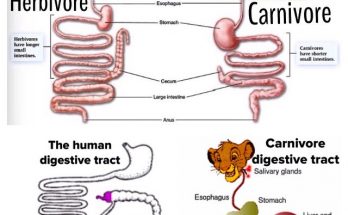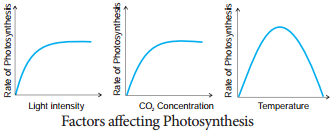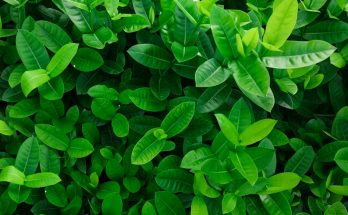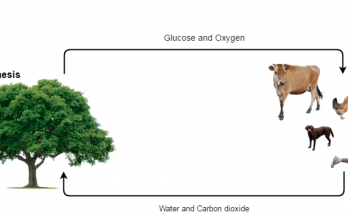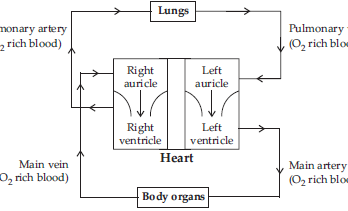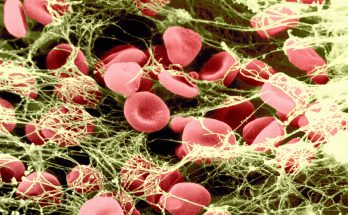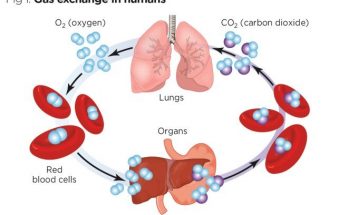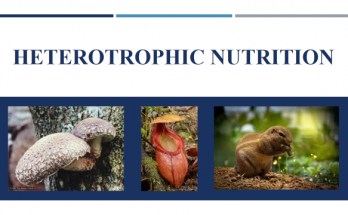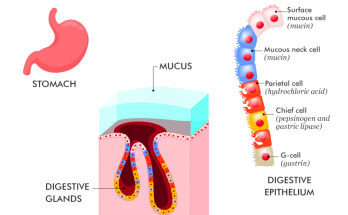
What will happen if Mucus is not Secreted by the Gastric Glands
Insufficient secretion of mucus by the gastric glands disrupts the balance in the stomach. Without mucus, the stomach lining becomes vulnerable to acid and enzyme damage, leading to erosion, painful ulcers and increased acidity. Digestive complications such as chronic acid reflux, gastritis and risk of infection can occur. Mucus secretion plays a crucial role in protecting the stomach and maintaining digestive health.
What will happen if Mucus is not Secreted by the Gastric Glands Read More